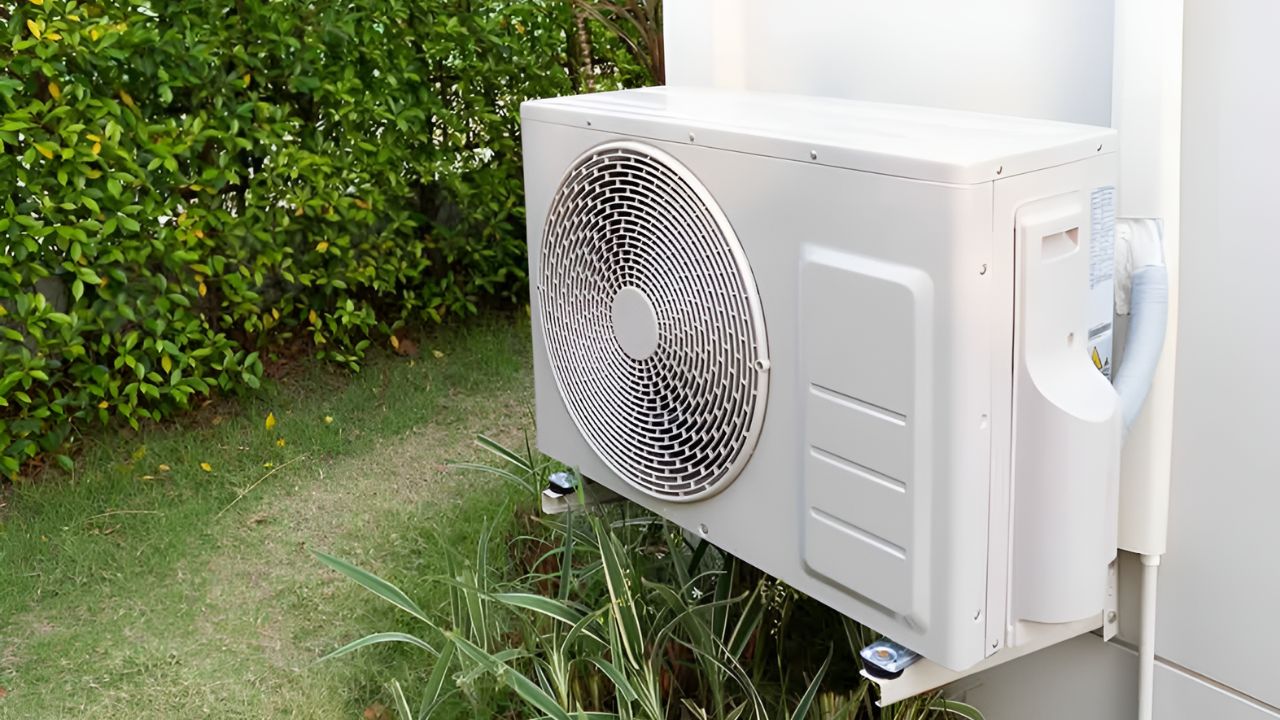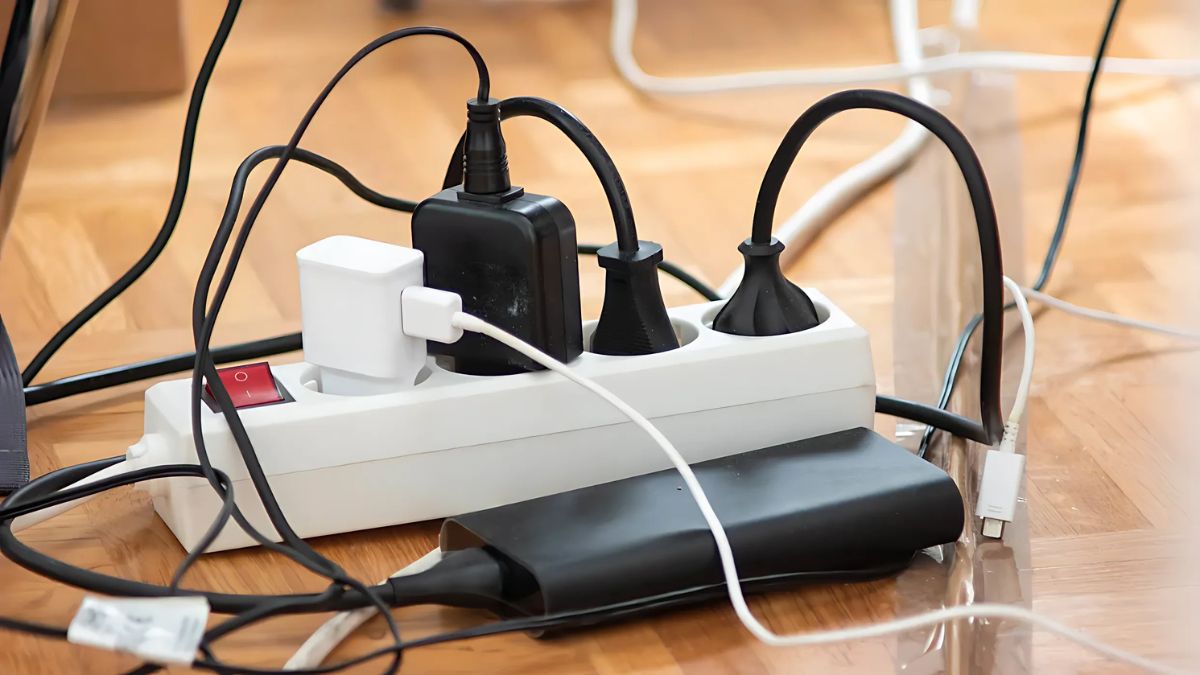Most folks don’t think twice about the steady drip-drip-drip of water leaking from their air conditioner in the middle of summer. At best, it’s just background noise; at worst, it’s a nuisance that leaves a damp patch near the foundation. But here’s the kicker: that water isn’t waste—it’s a surprisingly valuable resource hiding in plain sight.
Air conditioners do more than just cool the air. As they run, they also pull out humidity, condensing it into water—what experts call AC condensate. Depending on where you live and how often your system runs, you could be producing anywhere from 5 to 20 gallons of this stuff every single day during peak season. Multiply that by a hot, muggy summer, and you’re looking at hundreds—maybe thousands—of gallons simply trickling away.
Unlike tap water, condensate is “soft.” It doesn’t have minerals like calcium or magnesium, and it’s free from chlorine. Think of it as water that behaves a lot like distilled water. Not safe for drinking, sure, but perfect for dozens of household uses that don’t require potable water.
Why AC Water is Worth Collecting
Most people overlook AC water because it seems too small to matter. But here’s the thing—those gallons add up fast. Imagine shaving a chunk off your water bill each summer just by redirecting what your AC is already giving you for free. More importantly, it’s environmentally responsible. Every drop reused at home is one less gallon your city has to pump, treat, and deliver through the system.
Quick Benefits at a Glance
| Benefit | Why It Matters |
|---|---|
| Free resource | No extra cost—it’s already there |
| Gentle on appliances & fabrics | No mineral buildup like hard water |
| Eco-friendly | Reduces strain on municipal water systems |
| Versatile | Works indoors and outdoors for multiple tasks |
Practical Household Uses
So, what exactly can you do with this water? A lot more than you’d think.
- Ironing clothes: Condensate won’t leave chalky streaks or clog the steam vents in your iron.
- Crystal-clear cleaning: Perfect for windows, mirrors, and glass without streaks or residue.
- Car care: Safe for topping up car batteries or windshield washer tanks.
- Humidifiers and steam irons: Extends the lifespan of appliances by preventing mineral deposits.
- Laundry pre-treatment: Great for rinsing delicate fabrics before a wash.
Basically, anywhere you’d normally need “clean” water without mineral content, AC condensate is your secret weapon.
A Gardener’s Ally
Here’s where it gets even more interesting. Certain houseplants—like orchids, ferns, and African violets—absolutely thrive on AC water. That’s because it tends to be slightly acidic, which many indoor plants love.
Tips if you’re planning to use it in the garden:
- Mix it occasionally with tap water to balance nutrients.
- Add fertilizer if needed, since condensate doesn’t carry minerals.
- Store it in a clean, covered container to avoid bacteria growth.
Think about it—on a scorching summer day when water restrictions kick in, that extra 10 gallons from your AC could keep your plants alive without tapping into city supplies.
Environmental Payoff
Let’s crunch the numbers. Ten gallons a day might not sound like much, but over three months of heavy AC use, that’s close to 1,000 gallons. Stretch it across a year, and households in humid regions could easily reclaim more than 3,000 gallons that would otherwise disappear down the drain.
This isn’t just about saving a few bucks on the water bill. It’s about cutting the energy used in water treatment, lowering chemical runoff when cleaning outdoors, and building habits that push us toward sustainable living. Small steps, big difference.
Getting Started is Easy
You don’t need a fancy setup or a special system to start reusing AC water.
- Collect: Place a bucket or container under the AC drain line.
- Use: Try it for ironing or glass cleaning first—you’ll see the difference instantly.
- Expand: Once you’re confident, start using it for plants, car maintenance, or appliances.
- Store smartly: Keep it covered if you’re saving it up.
- Track savings: Watch your water usage dip during the hottest months.
The Bigger Picture
Sure, reusing AC water won’t solve global droughts or climate change on its own. But it’s symbolic of the kind of mindset we need right now—making the most of resources we already have instead of wasting them. It’s simple, low-effort, and contagious. When your neighbors see you topping up your orchids or wiping down your car windows with “AC water,” they’ll probably start asking questions. And that’s how small ideas spread.
In the end, every drop matters. And the next time you see water dripping from your air conditioner, maybe you’ll look at it a little differently—not as waste, but as opportunity.
FAQs:
Is AC condensate water safe to drink?
No. While it resembles distilled water, it can pick up contaminants from pipes, coils, or storage containers. Use it only for non-drinking purposes.
Can I use AC water directly in my washing machine?
Yes, especially for pre-wash or delicate loads. Just don’t rely on it exclusively since it lacks minerals beneficial for fabrics.
Does AC water harm plants?
Most houseplants tolerate it well, especially acid-loving varieties. For long-term use, mix with tap water or add fertilizer.



















